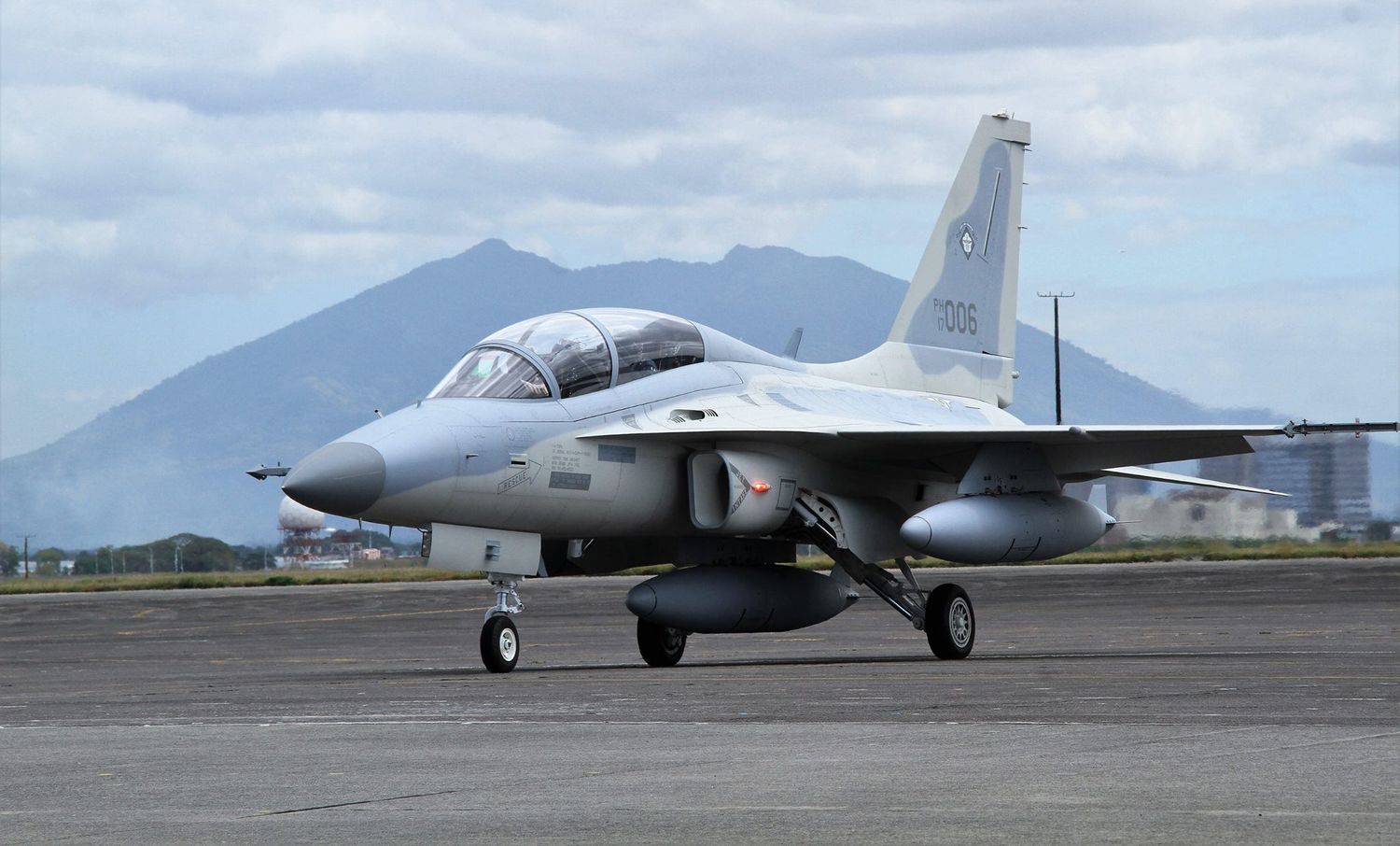The FA-50 won the Malaysian competition for 18 light fighters, but the decision was challenged by the competition
Korea Aerospace Industries won the tender to supply the Royal Malaysian Air Force with 18 FA-50 light combat aircraft, but one of the losing bidders challenged the result.
According to The Edge, the South Korean firm has emerged as the leading contender to win a USD 873 million contract to supply the Royal Malaysian Air Force (RMAF or TUDM) with 18 FA-50 light combat aircraft (LCA), according to sources familiar with the outcome. However, the award reportedly triggered an investigation by the Malaysian Anti-Corruption Commission (MACC), following a complaint by one of the unsuccessful bidders.
The appropriateness of the award is being questioned, as parliament was dissolved on October 10 for elections and the tender was awarded by a caretaker government. The anti-corruption agency has opened a file on the matter.
Meanwhile, caretaker Defense Minister Datuk Seri Hishammuddin Hussein assures that the contract is being handled professionally by those responsible for the multi-billion ringgit deal.
«“I am only a caretaker minister now. I am not sure of the details, but let the ministry do their job and they will do it professionally. When the time comes, it will be announced,” he said.
See also: Farewell to the AFJT? Airbus wants to promote the KAI FA-50 in Western Europe
Malaysia’s LCA competition
On June 22, the Malaysian Ministry of Defense kicked off the tender for the LCA / LIFT program to procure 18 light jet aircraft. Eight of these aircraft are to be configured primarily as lead advanced trainer (LIFT), while the remaining 10 would be light combat aircraft LCA (Light Fighter Aircraft).
The program is part of the RMAF’s «Capability 55» plan. Launched in 2018, it stipulates the acquisition of 36 new LCA / FLIT platforms in two phases, with 18 aircraft to be purchased from 2021 and the rest from 2025. The 36 aircraft are intended to equip one LIFT squadron and two LCAs.

The aircraft configured as LIFT trainers are intended to replace the fleet of seven Aermacchi MB-339CMs, which are currently grounded out of service. While the light combat aircraft (LCA) are to replace the 18 BAE Systems Hawk Mk 108 two-seat (trainer and attack) and Mk 208 single-seat light attack aircraft, complementing the RMAF’s F/A-18D Hornet and Su-30MKM.
The Malaysian competition is very interesting because all light fighter models currently available on the market are involved.
The contestants are six; the Chinese CATIC with its JF-17 B, KAI with the FA-50 Block 20, Leonardo, with its M-346 Master (but would have withdrawn from the competition), Hindustan Aeronautics Ltd (HAL) with the Tejas, the Turkish TAI that offered its Hürjet (whose first prototype has not yet flown) and Rosoboronexport from Russia, with a mix of MiG-35 multirole fighters and advanced trainers the YAK 130.
The shortlisted
The selection criteria established by TUDM include delivery of the aircraft on a staggered 36-month delivery schedule after contract signature. The LCA must be able to perform in-flight refueling, possess beyond visual range air-to-air combat capabilities, must be supersonic and must incorporate 30% locally manufactured parts.

From the six initial bidders, the Royal Malaysian Air Force shortlisted the HAL Tejas Mk1A, the KAI FA-50 and the Pakistani JF-17 Thunder as the aircraft best suited to the requirements and needs of the LCA competition. The Korean bid was apparently the favorite.
The challenge
The unsuccessful bidders, dissatisfied with the outcome, claim that the evaluation process was not entirely transparent.
«It appears the evaluation process of each tender is opaque. If that was the case, they could have initiated a G2G negotiation directly with the preferred party, instead of calling for an open tender. The main reason anyone would call for an open tender is to gain assurance of the best value for money; it increases competition and gives everyone a fair chance to compete for the contract», Said a source to The Edge.
In addition, and most importantly, there is the issue of the caretaker government. A caretaker government cannot make new spending commitments that are not routine, nor enter into major public contracts, says Institute for Democracy and Economic Affairs (IDEAS) Director General Tricia Yeoh in a statement commenting on the limitations and responsibilities of a caretaker government.
According to Yeoh, an interim government «It should refrain from passing any major policy that may affect the country in the long term. This includes making new political appointments or making any major procurement or budgetary decisions. Its actions must be governed by the principles of responsibility, rule of law and necessity alone».
So it appears that the winner of the light combat aircraft program, whether the FA-50 or another, will be decided in the courts, when a new government is formed.


Comentarios
Para comentar, debés estar registrado
Por favor, iniciá sesión